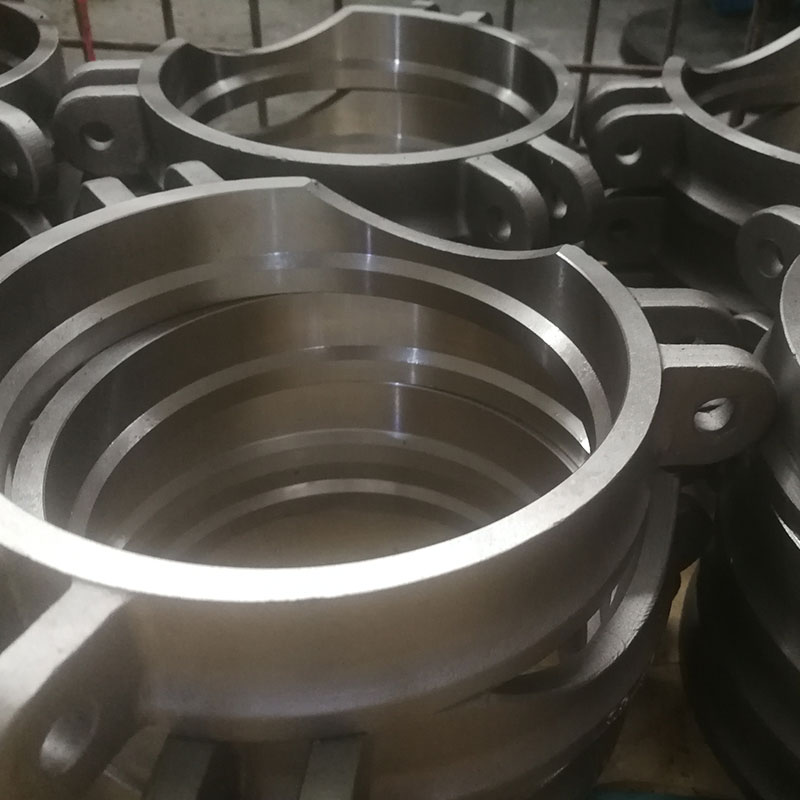Summary:The methods of improving the accuracy of CNC machining products can be roughly summarized as follows...
The methods of improving the accuracy of
CNC machining products can be roughly summarized as follows: reducing the original error method, compensating the original error method, transferring the original error method, dividing the original error method, averaging the original error method, and "in-place machining" method.

1. Reduce the original error This method of CNC machining products is a basic method that is widely used in production. It is to try to eliminate or reduce these factors after identifying the main factors that produce machining errors.
2. Compensate the original error The error compensation method is to artificially create a new error to offset the original error in the original process system. When the original error is negative, the artificial error takes a positive value, otherwise, take a negative value, and try to make the two equal in size.
3. Transfer the original error The error transfer method is essentially to transfer the geometric error, force deformation and thermal deformation of the process system. There are many examples of error transfer methods. For example, when the accuracy of the machine tool does not meet the requirements of parts processing, it is often not to blindly improve the accuracy of the machine tool, but to find a way from the process or fixture to create conditions so that the geometric error of the machine tool can be transferred to the aspect that does not affect the machining accuracy.
4. Equalize the original error In CNC machining products, due to the existence of the blank or the previous process error (hereinafter collectively referred to as "original error"), the machining error of this process is often caused. To solve this problem, it is best to use grouping to adjust and equalize error method. The essence of this method is to divide the original error into n groups equally according to their size, and reduce the blank error range of each group to 1/n of the original, and then adjust the processing according to each group.
5. Homogenization of the original error Shafts and holes that require high matching accuracy often use grinding technology. The grinding tool itself does not require high precision, but it can perform micro-cutting on the workpiece during relative motion with the workpiece, and the high point is gradually ground off (of course, the mold is also ground off by the workpiece) and finally the workpiece reaches a high level. accuracy. 6. In-situ machining method There are some precision problems in CNC machining products and assemblies, which involve the relationship between parts or components, which are quite complicated. If you blindly improve the accuracy of parts and components themselves, it is sometimes not only difficult, but even impossible. The method of in-situ machining (also known as self-processing and repairing) may easily solve the seemingly difficult precision problem.
 Main:+86 574 87907106
Main:+86 574 87907106![]() Main:+86 574 87907106
Main:+86 574 87907106